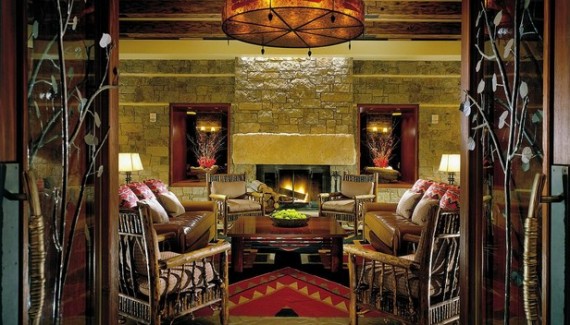I do it all the time: stand in the store with a cheap, antibiotic-filled, non-organic chicken in one hand and an expensive, organic, free-range chicken in the other and internally debate how much I can pay for healthier food that week. Sometimes I go for the cheap chicken, antibiotics and all – I’m not gonna lie! But when I remember that I’m voting for or against sustainable foods with my purchases, I try to diligently budget for the healthier option.

Stonyfield Farm
Fast Company is running a series of interviews with leaders in sustainable food, and the CEO of Stonyfield Farm pointed out that we are all paying for unhealthy food in indirect ways.
We don’t know what real food is as a culture, as a society. We’re not ready to pay for it. We have this illusion that food not only can, but should be, cheap. I call it an illusion because we do end up paying it, through our bodies and also our planet. We really have to restore to help the financial state of our farmers. There is a whole host of consequences to eating unsustainably, but we don’t measure them because they’re externalities. They don’t appear on our income statements, but they’re real costs. One in three kids born after 2000 will be a diabetic, and that’s one in two if it’s Hispanic or African American. Two-thirds of Americans are obese or overweight, and we’re spending billions to deal with those problems. Those are the consequences of cheap food. It’s not cheap at all.
That’s terrifying. I’m renewing my commitment to myself to not only cook healthy food, but to buy sustainable food products – especially when I’m cooking for the people I love.
If you’re interested, I also recommend reading the interview with Paul Willis of Niman Ranch.
[Note that I’m not advocating buying Stonyfield Farm or Niman Ranch products in particular; just that we become more informed about the source of our food so we can all make choices we’re comfortable with.]


 Blue cheese stuffed olives make me so happy.
Blue cheese stuffed olives make me so happy.






 All photos ©United International Pictures (UIP)
All photos ©United International Pictures (UIP)
 I love the crazy colors and the glitter and sequins, the fact that you can walk around at 7am in a cocktail dress and nobody thinks a thing about it. People say you can do that stuff in New York without anyone caring, but you can’t. (Not that I’ve tried it – what, lil ol me???!)
I love the crazy colors and the glitter and sequins, the fact that you can walk around at 7am in a cocktail dress and nobody thinks a thing about it. People say you can do that stuff in New York without anyone caring, but you can’t. (Not that I’ve tried it – what, lil ol me???!)
